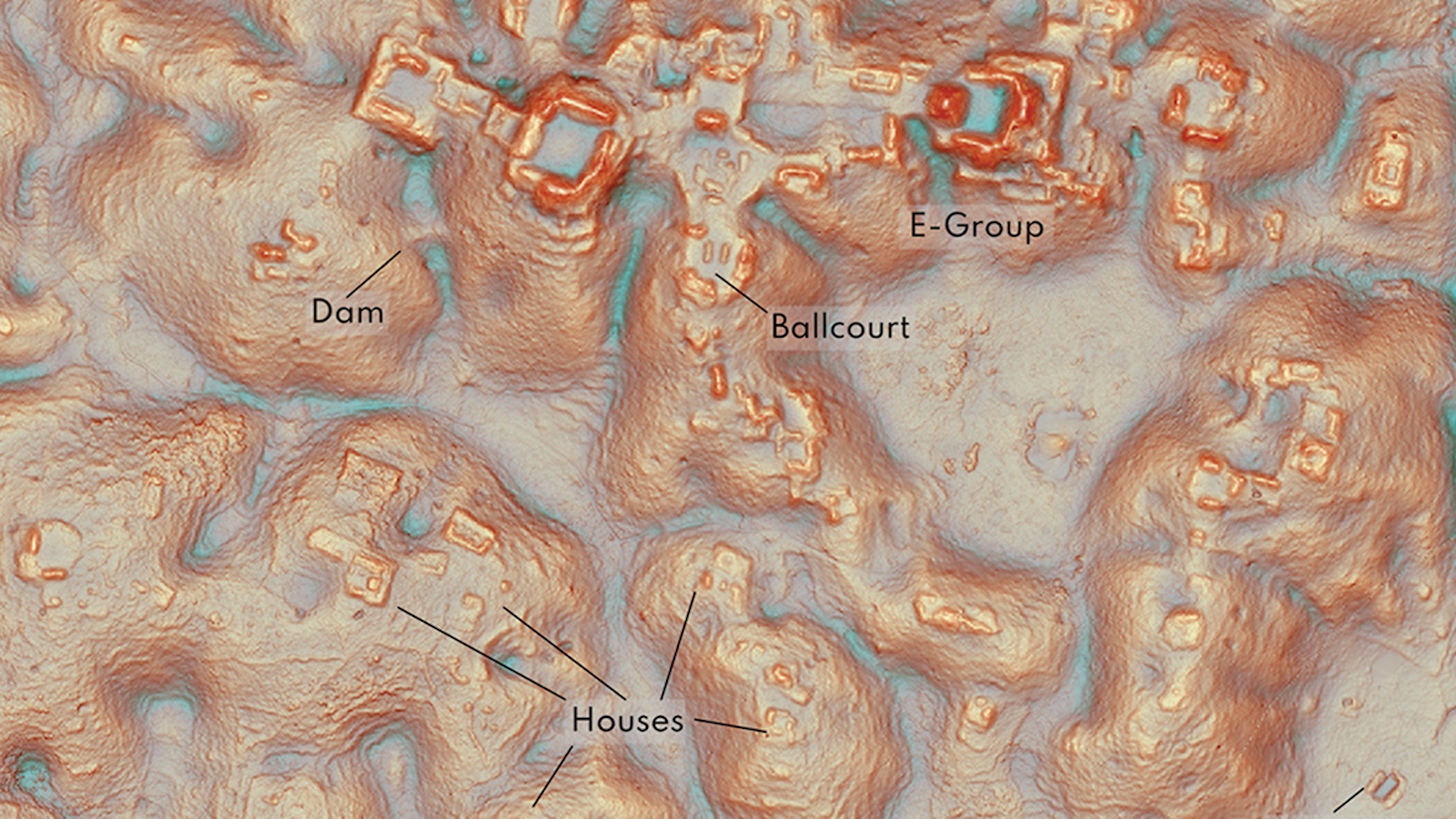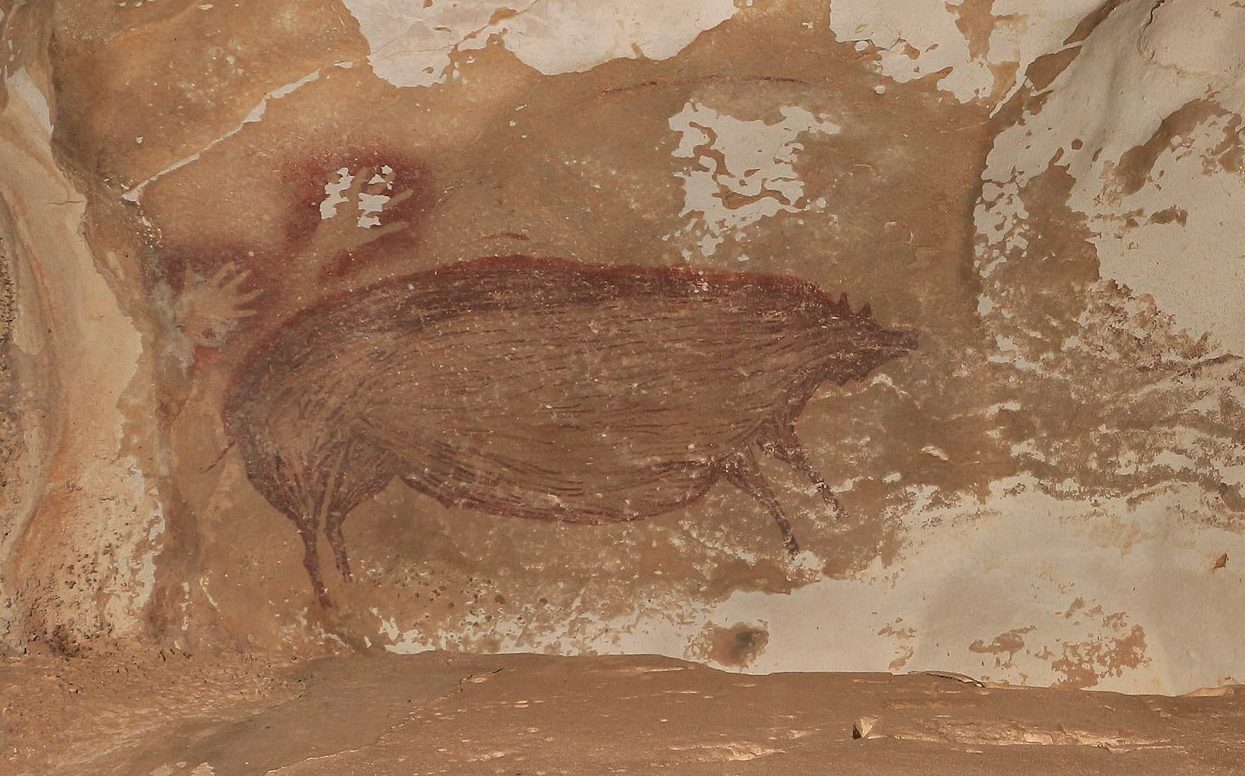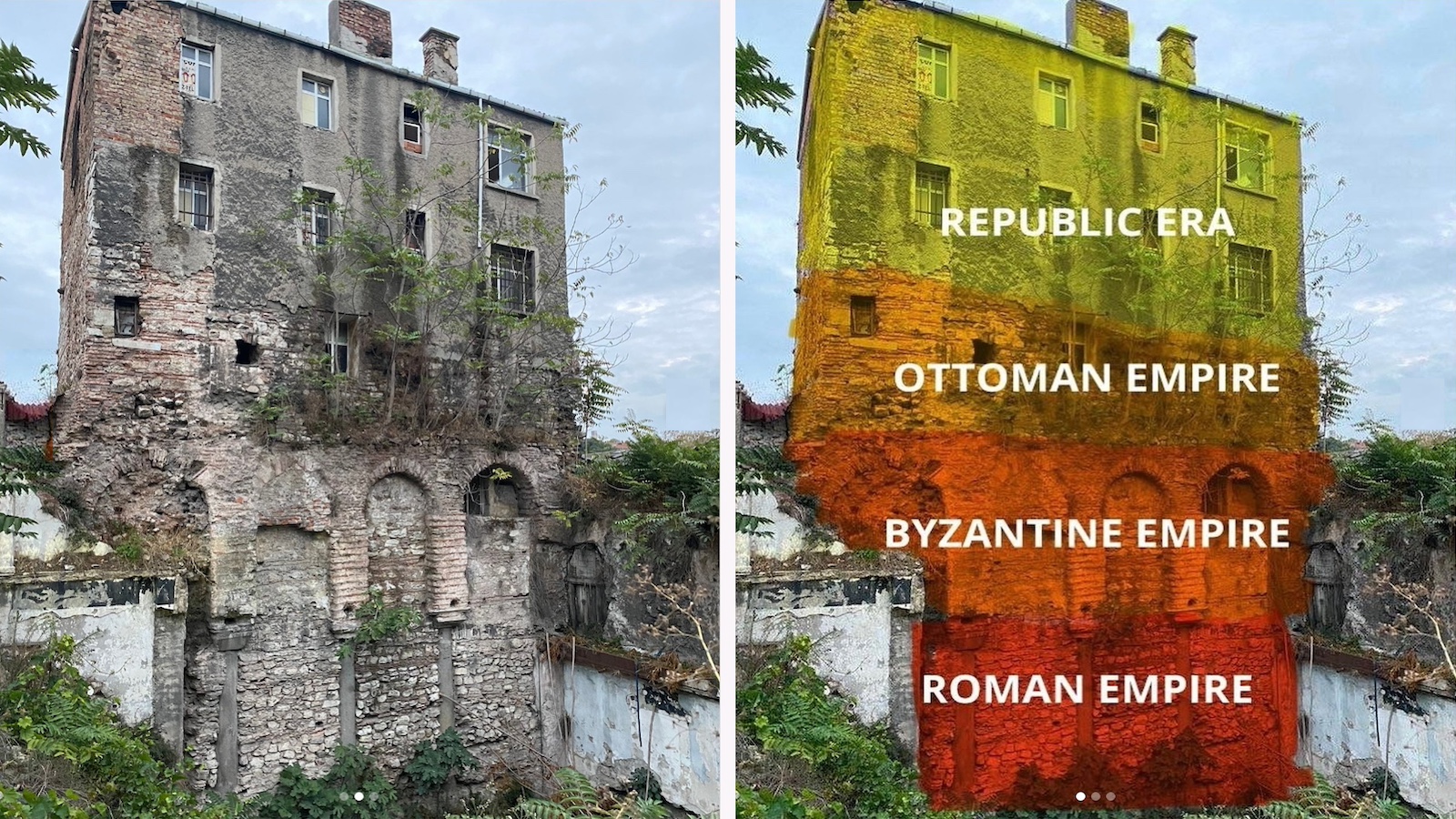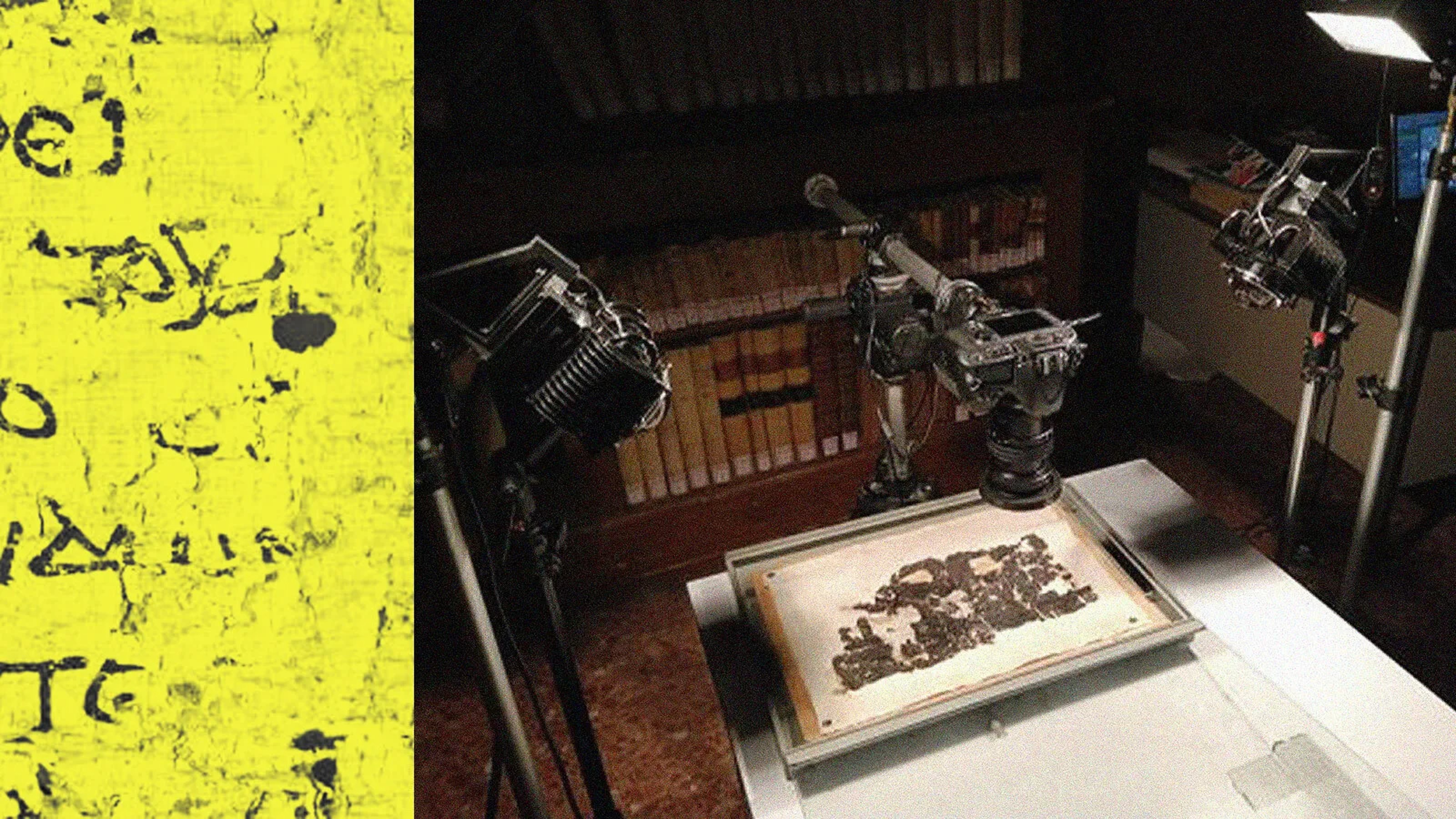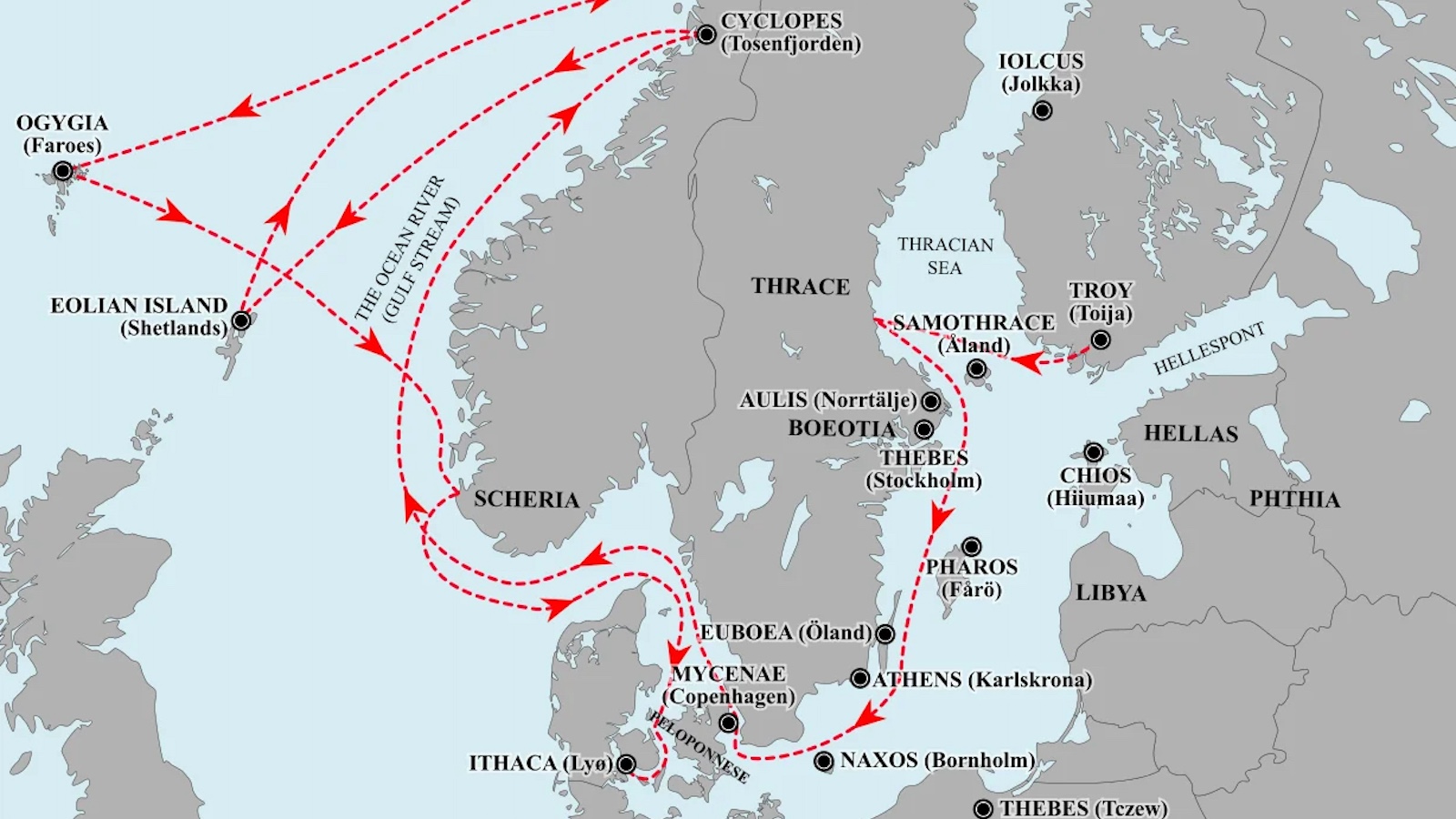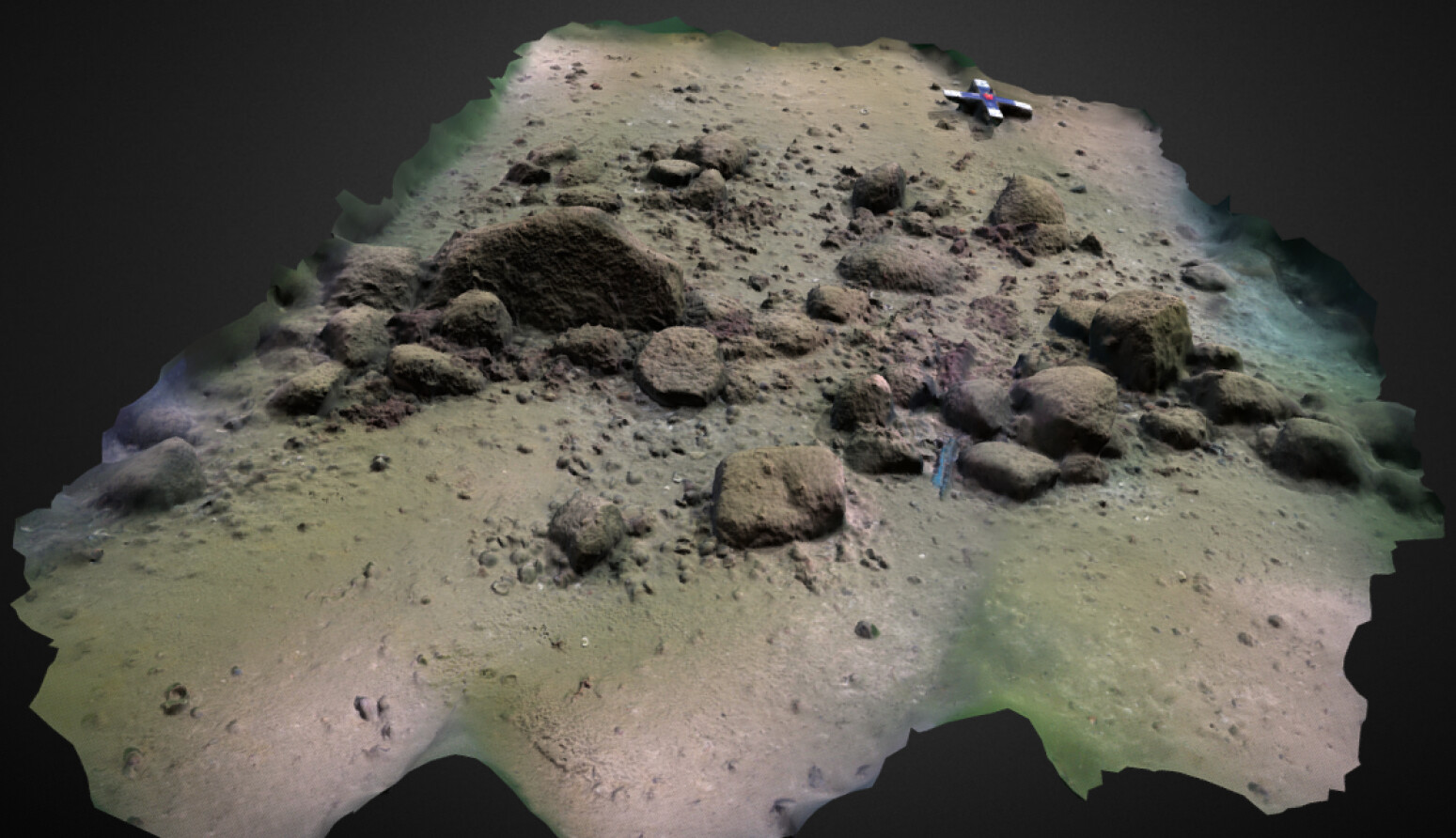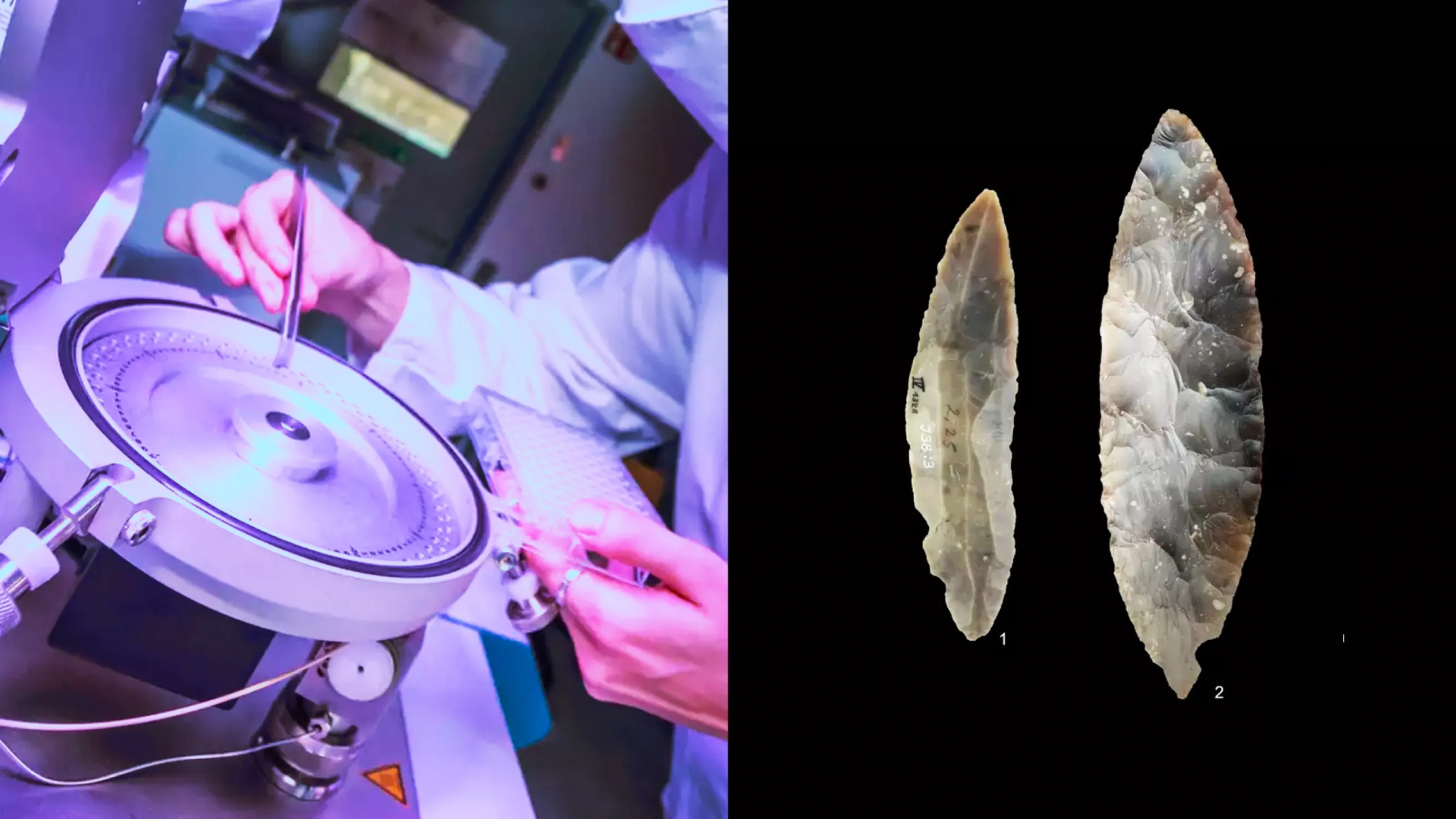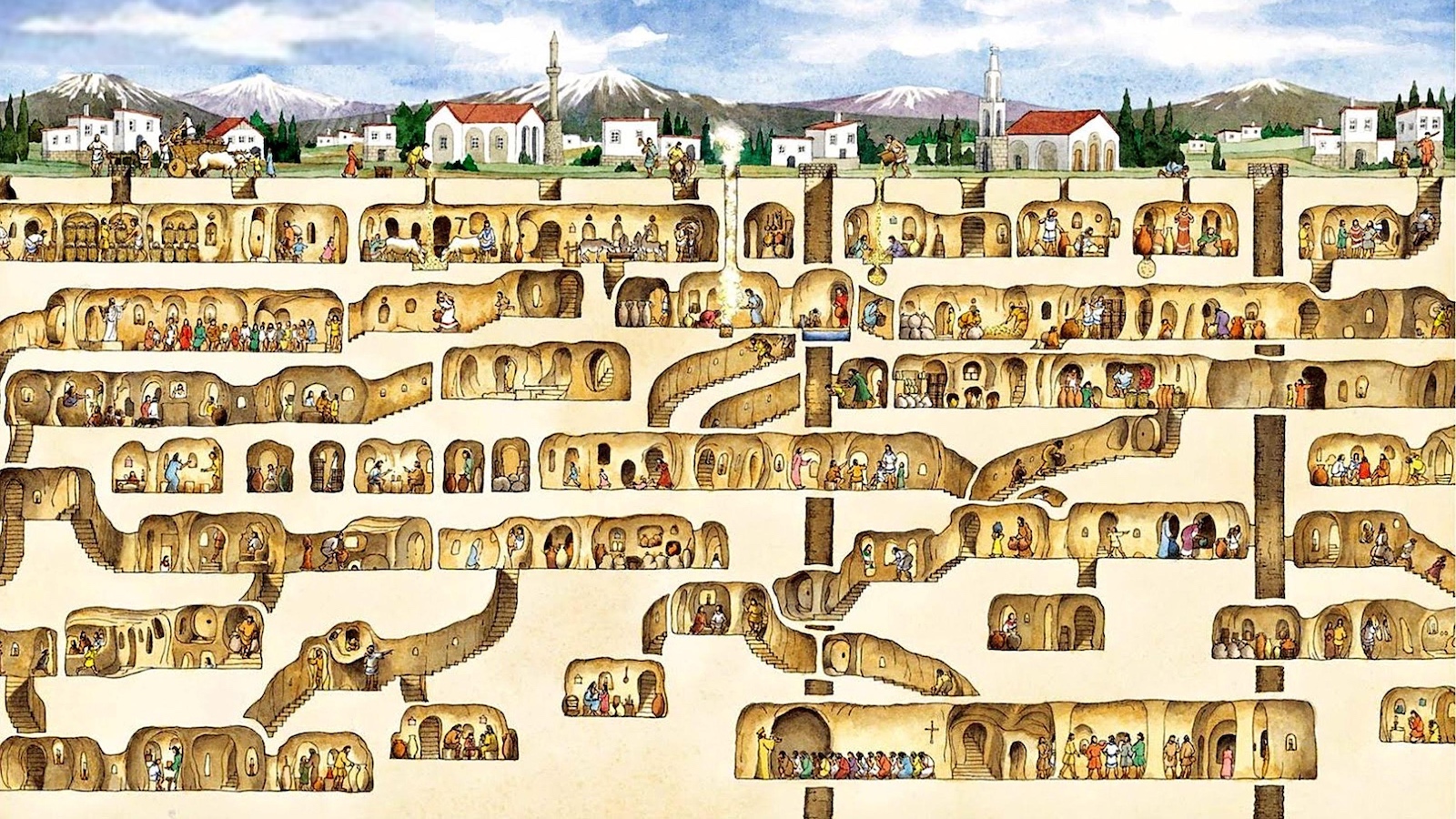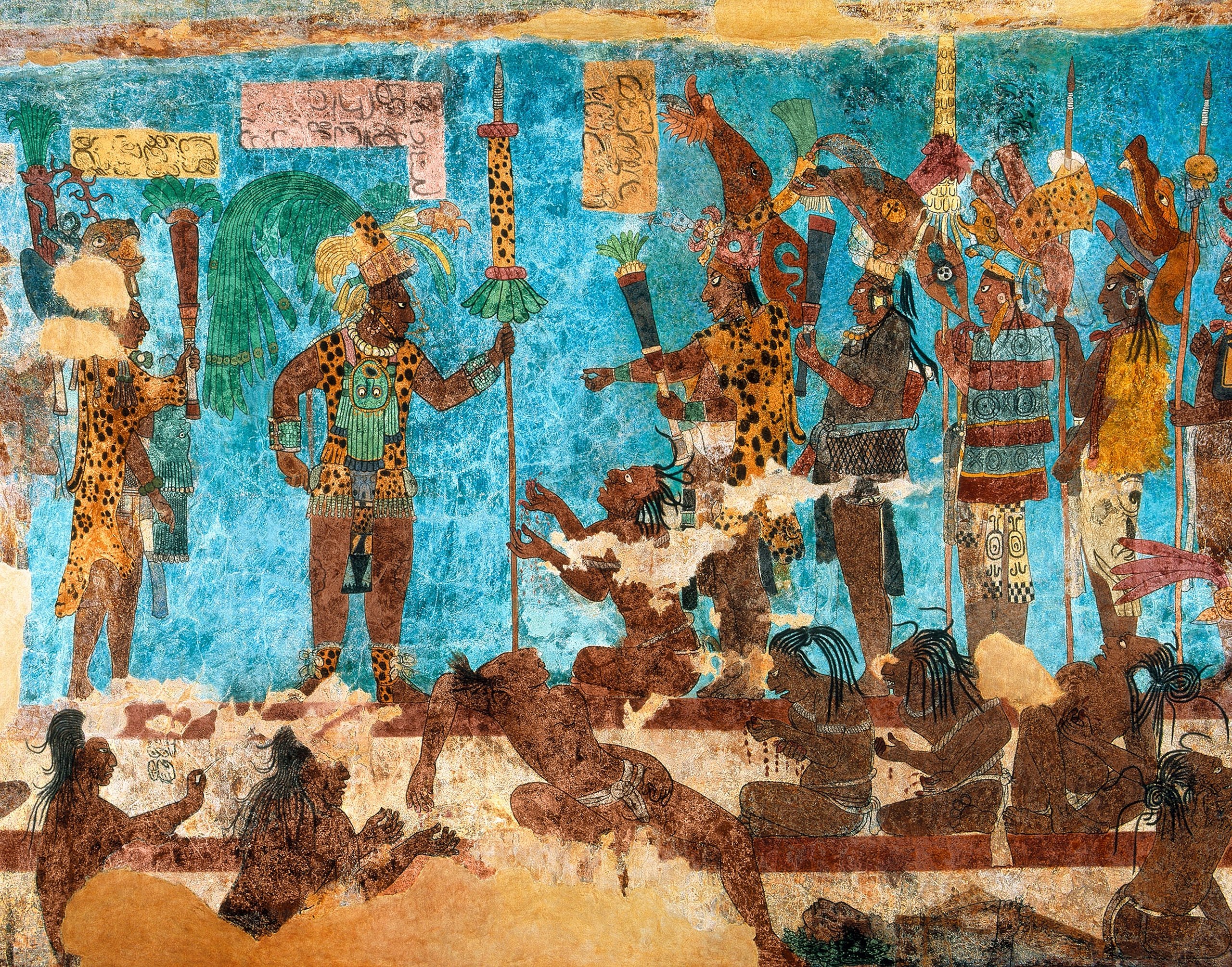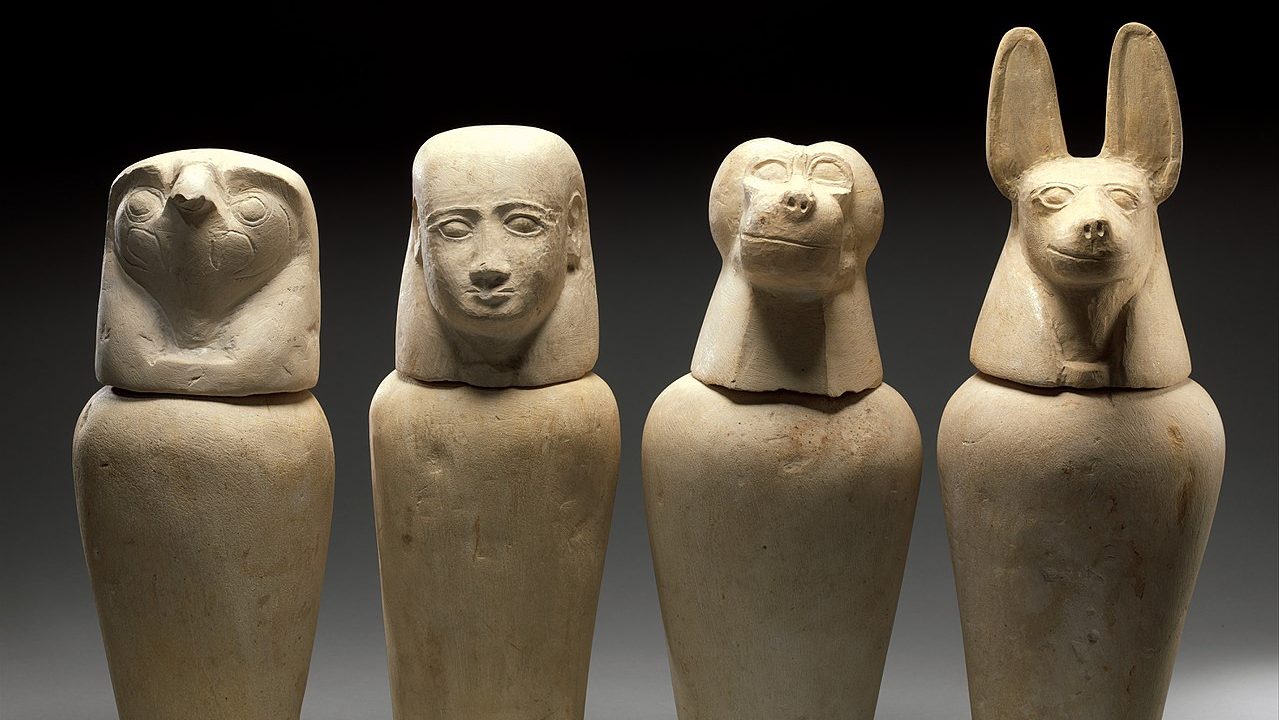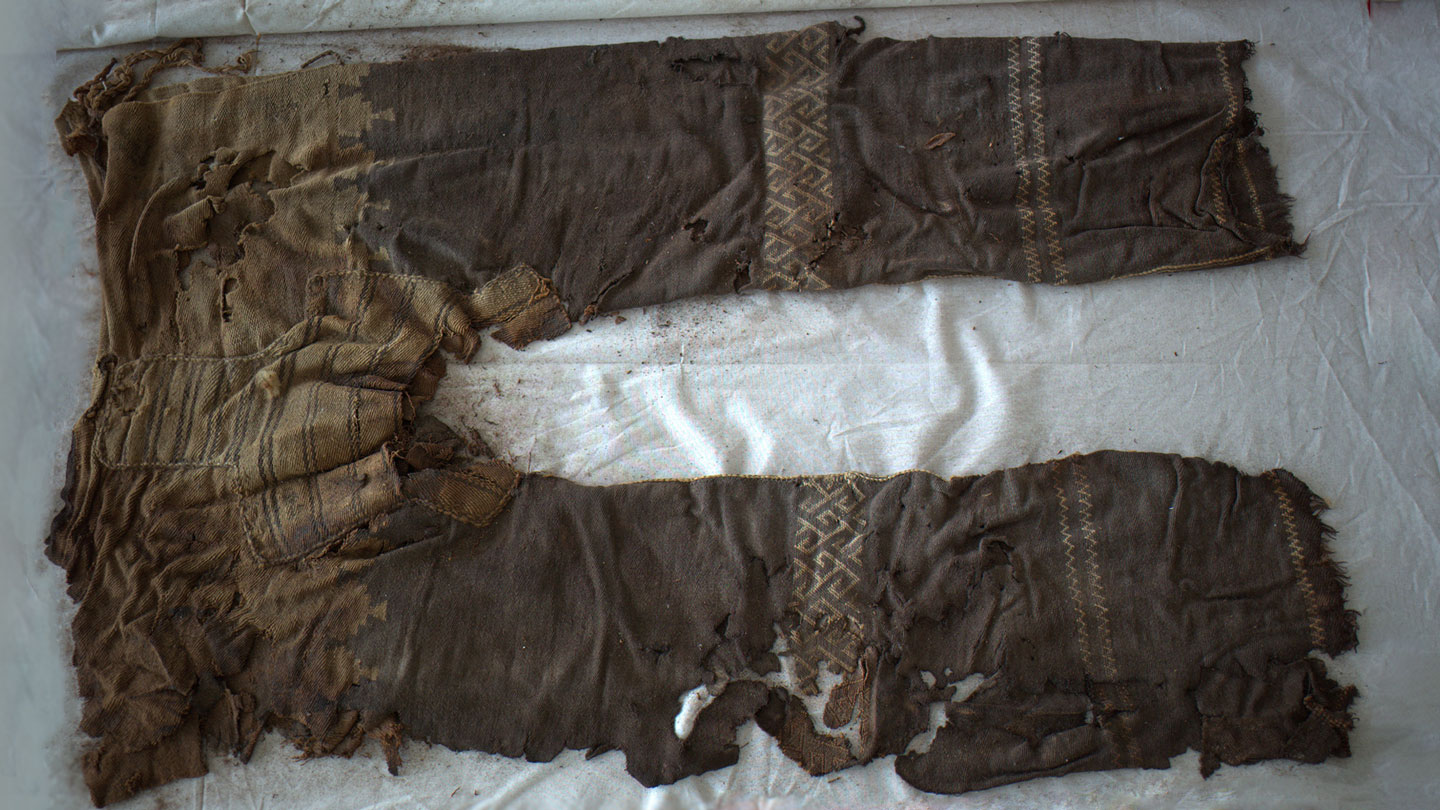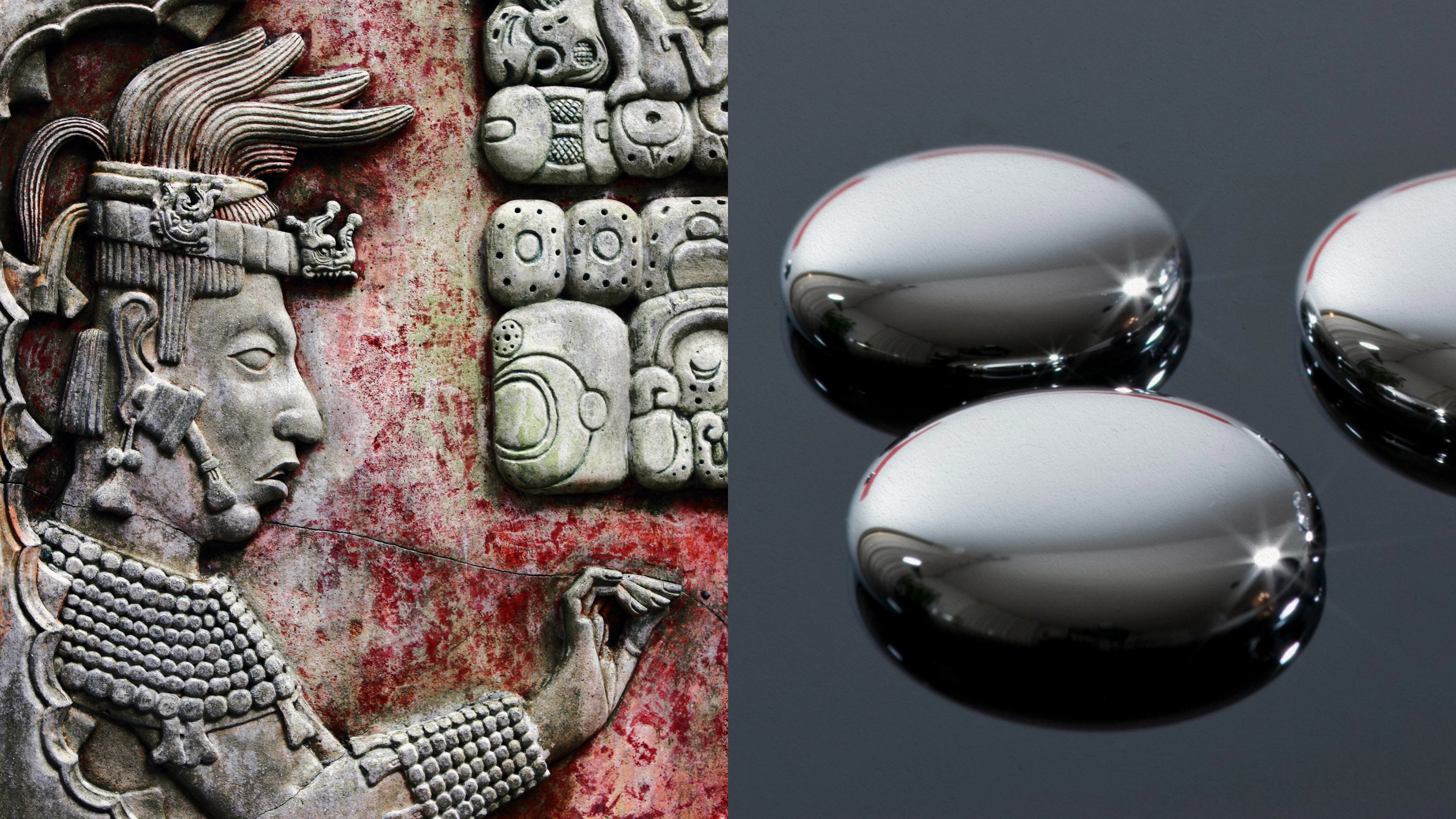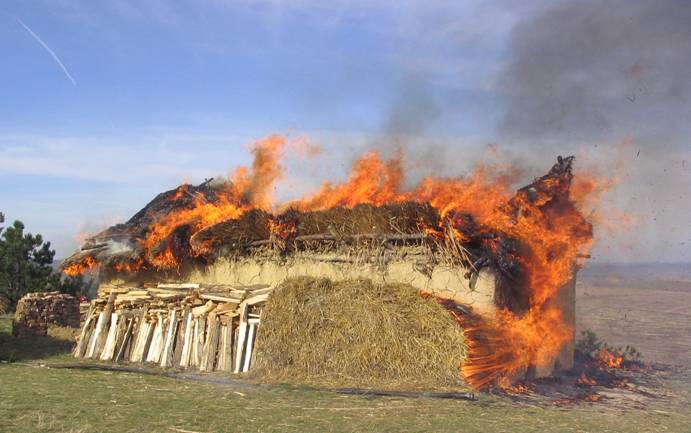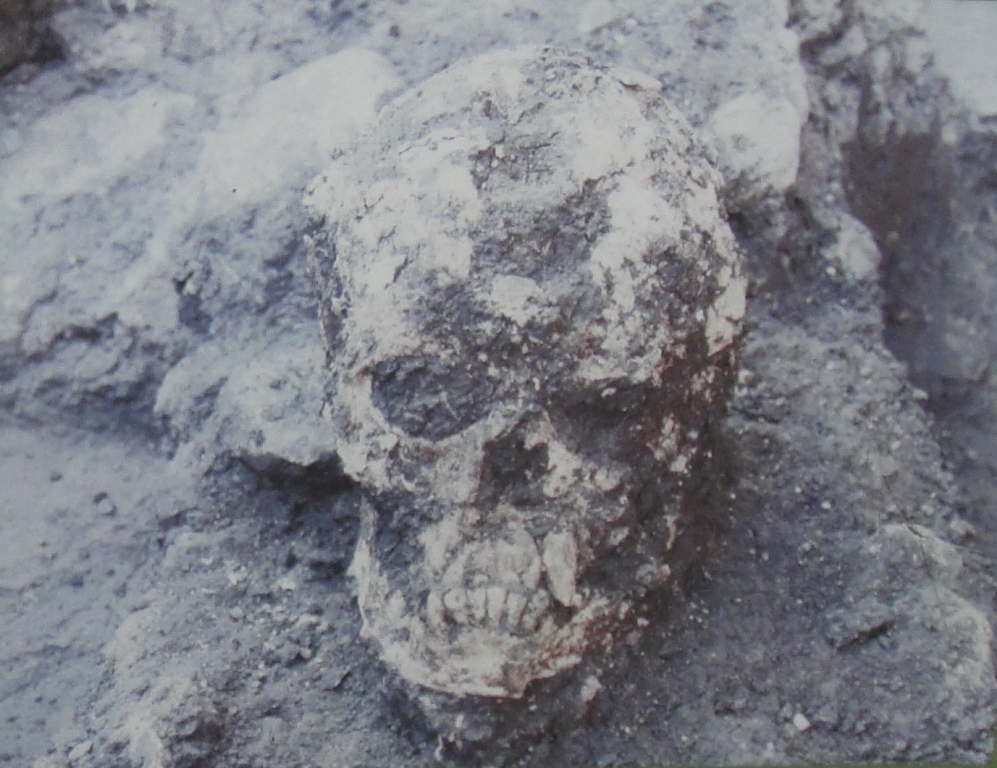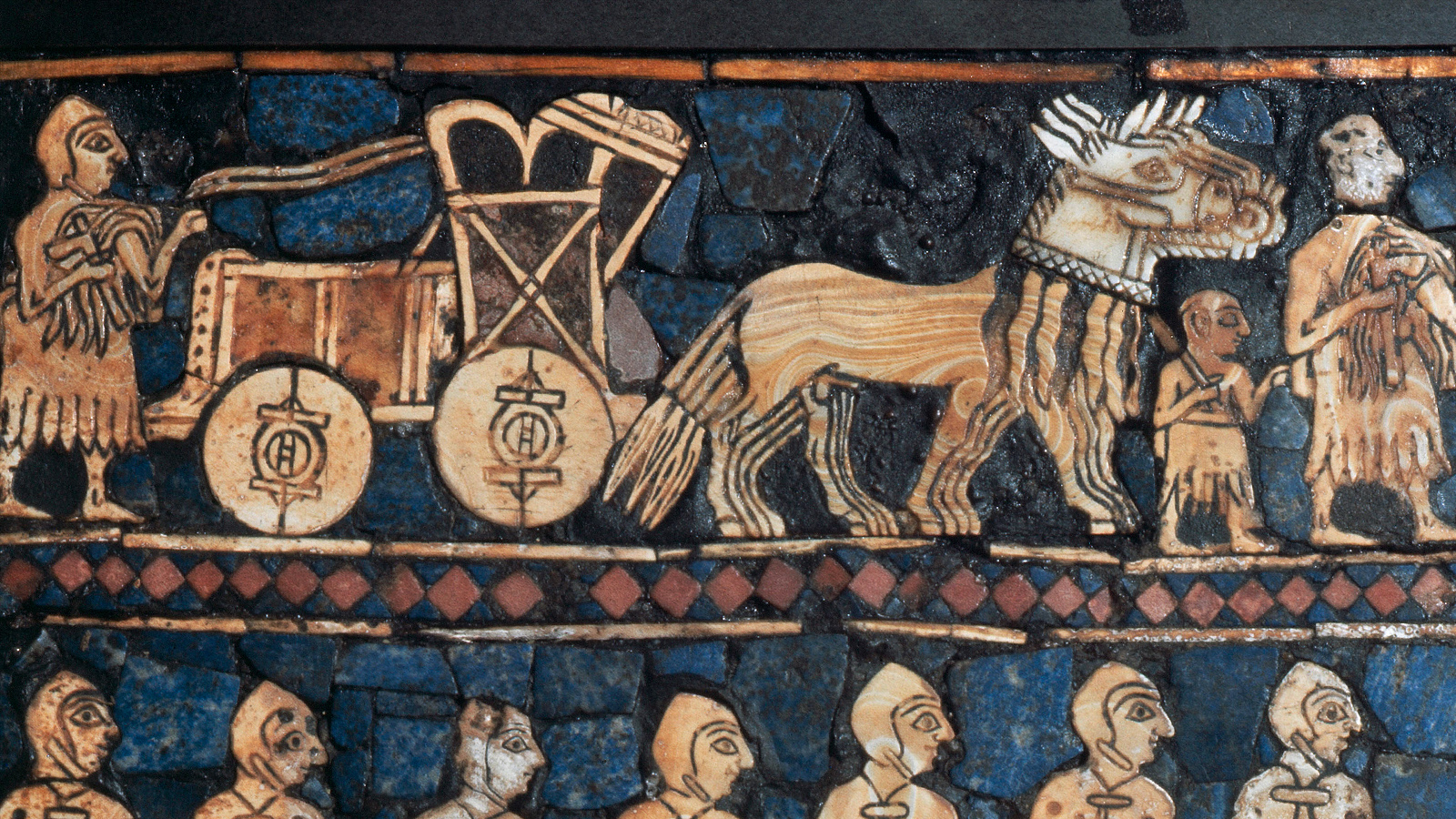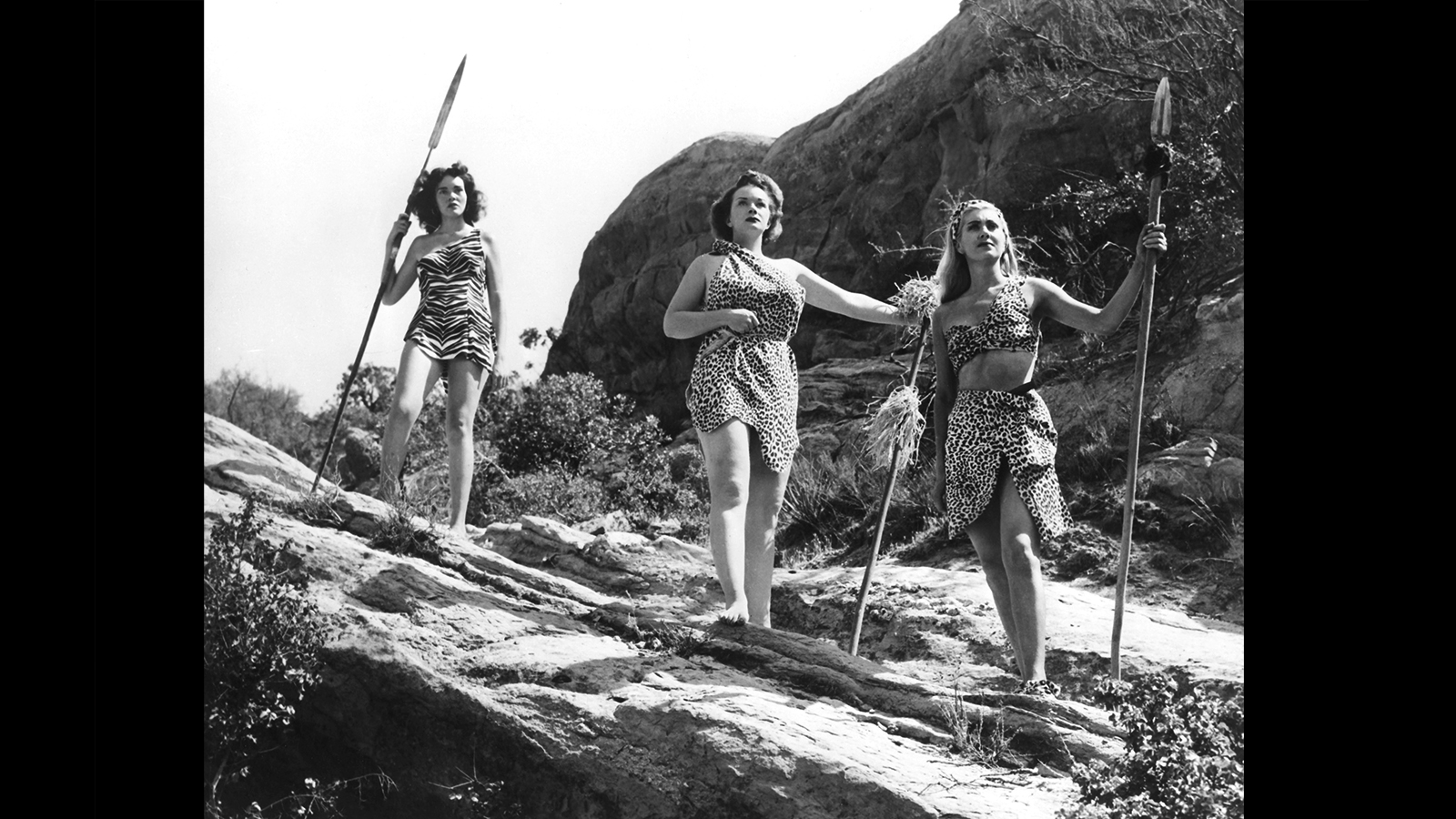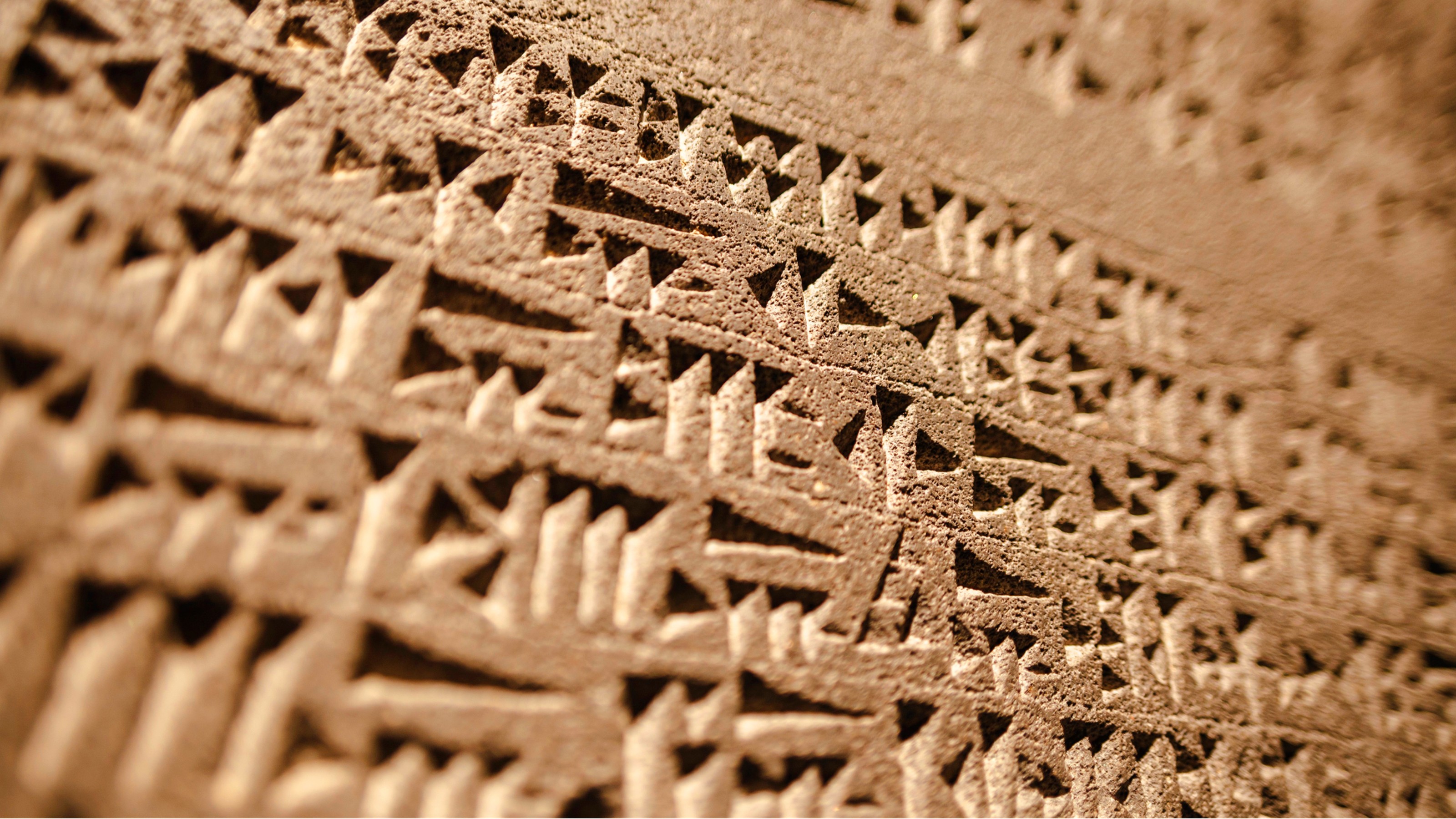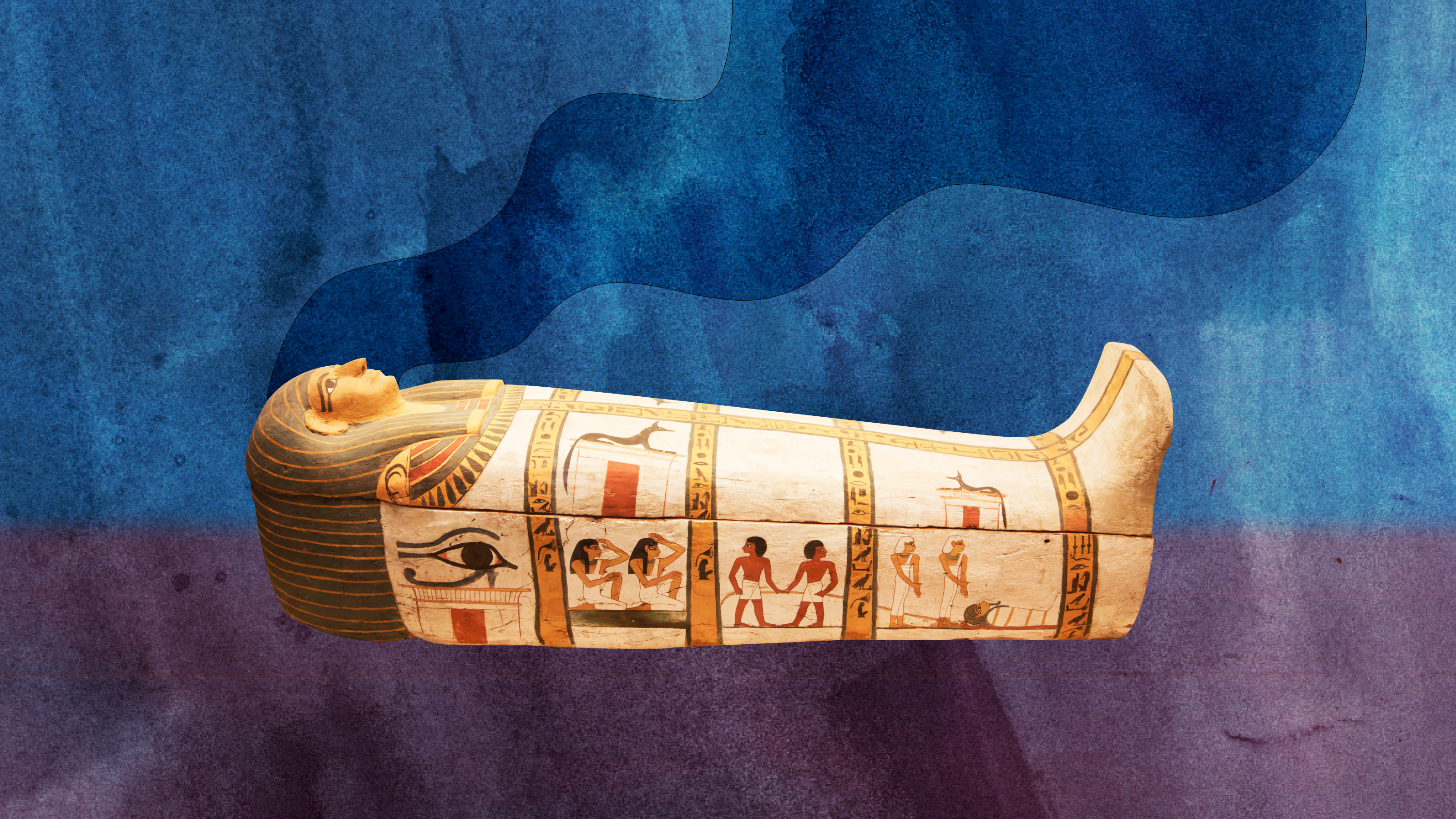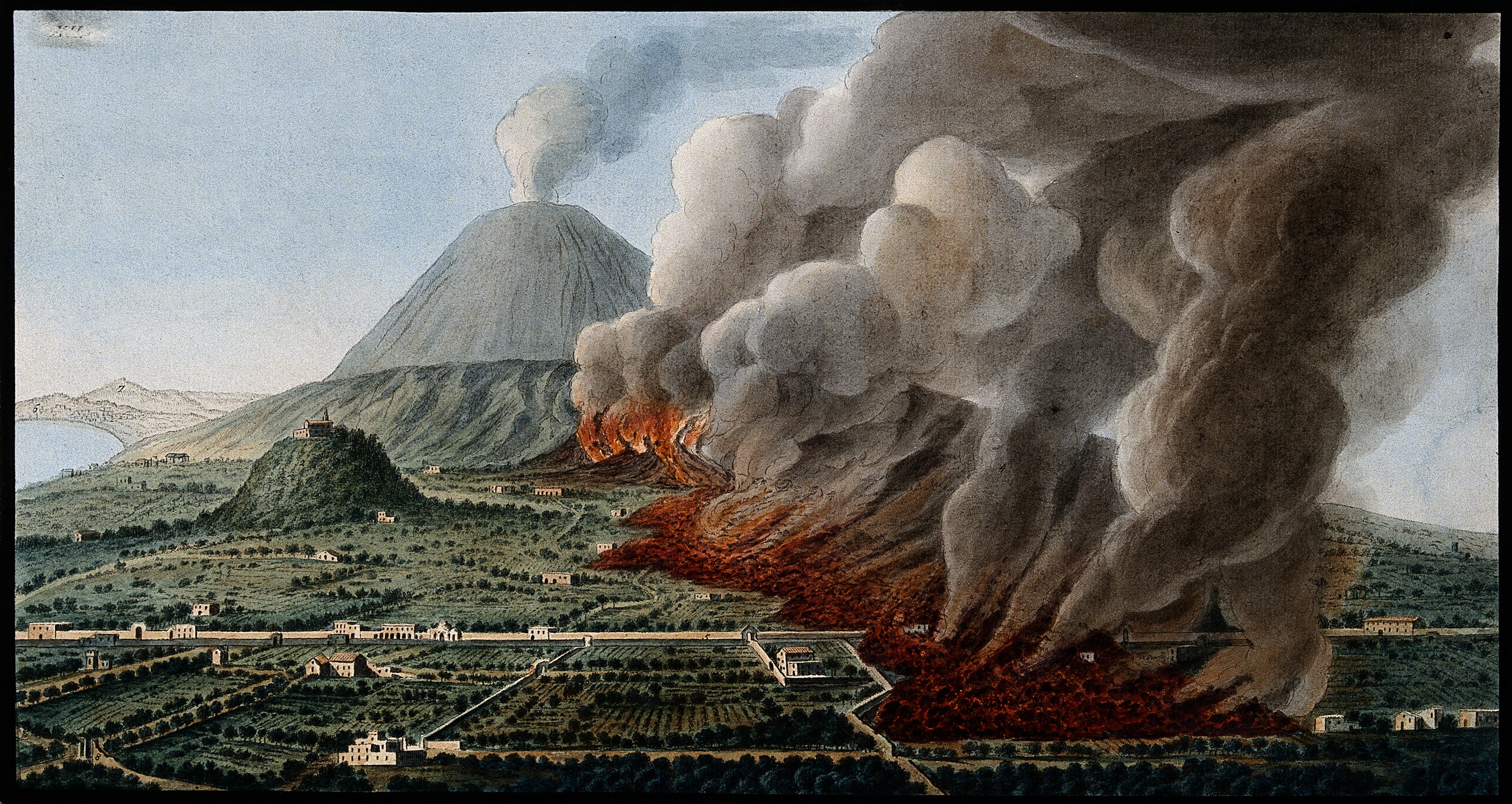archaeology
The Roman Empire at one point emitted roughly 3,600 tons of lead dust per year, causing “widespread cognitive decline.”
Dubbed “Valeriana” by researchers, the city of 50,000 peaked around 800 AD before being swallowed by the jungle.
Early modern humans interbred with Neanderthals — and scientists recently pinpointed a key site of contact.
An analysis of Indonesian cave paintings is reframing the history of human art, though whether the paintings really were created by human hands remains an open question.
19 rooms. 1,636 square feet. 1,800 years of history.
The burial spot was found in one of the Herculaneum scrolls charred by Mt. Vesuvius.
The Trojan War was fought in Finland and Ulysses sailed home to Denmark, says one controversial theory.
Archaeologists have identified what may be Europe’s oldest human-made megastructure.
The study suggests that human ancestors expanded across Europe faster than previously thought.
New DNA analyses raise questions over the theory that Christopher Columbus and his men brought syphilis to Europe.
A basement renovation project led to the archaeological discovery of a lifetime: the Derinkuyu Underground City, which housed 20,000 people.
When battles raged in ancient cities, their rocks blazed so brightly that they could be reoriented according to Earth’s magnetic field.
These astounding inventions show that civilizations of the past were a lot more advanced than we might have thought.
Tikal, one of the biggest cities the Maya ever built, was home to a vast and flourishing society.
The young and healthy were not just as likely to die as the old and frail, according to a new analysis.
The stench of death is actually fairly pleasant.
Though over three billion people speak an Indo-European language, researchers are not sure where the language family originated.
The design was as intricate as that of modern-day, factory-fabricated denim jeans, and just as durable. The ancients had fashion.
Today, many Maya sites are polluted with toxic levels of mercury. The contamination likely originated from cinnabar paints and art.
The arsons were no accident, archaeological evidence suggests.
The Te’omim Cave in the Jerusalem Hills is filled with skulls and oil lamps — objects a new study says may have been used in dark rituals.
A classical equivalent to Chanel No. 5.
Hybrid animals emerge when two different species from the same family reproduce. For many years, the kunga’s lineage was just another genetic mystery.
In numerous cultures worldwide, women were just as involved in bringing home the prehistoric bacon as their male counterparts.
A Harvard astronomer went to the bottom of the ocean, claiming he recovered alien technology. But what does the science actually indicate?
It’s like combining Google Translate with a time machine.
We don’t know what causes Miyake events, but these great surges of energy can help us understand the past — while posing a threat to our future.
To protect yourself, you need an antifungal rather than an amulet.
Nearly 2000 years ago, Mt. Vesuvius erupted, burying Pompeii but incinerating Herculaneum. The most lethal volcanic phenomenon is at fault.

